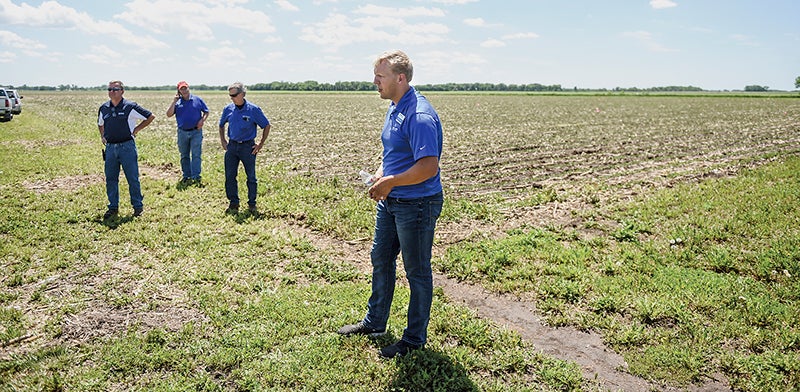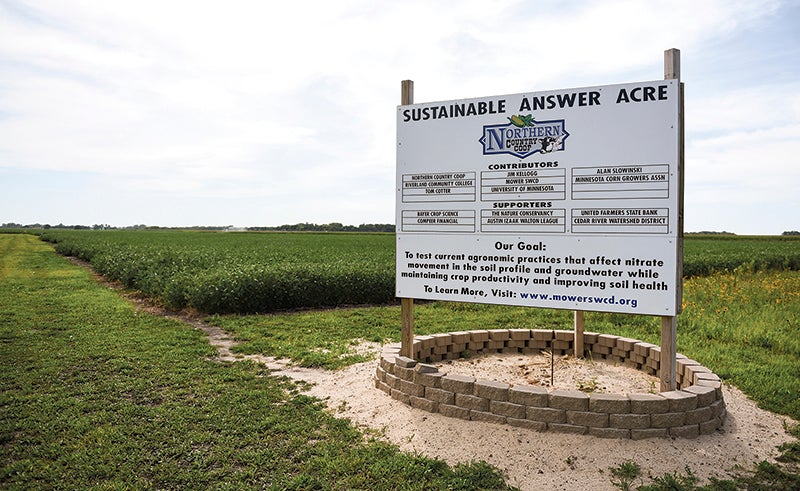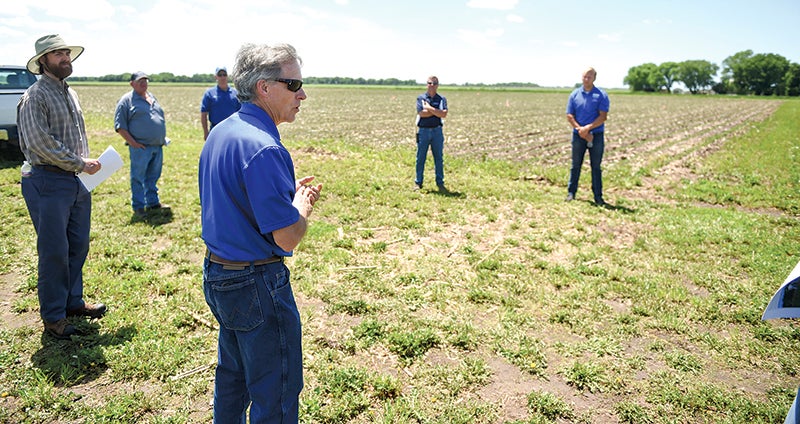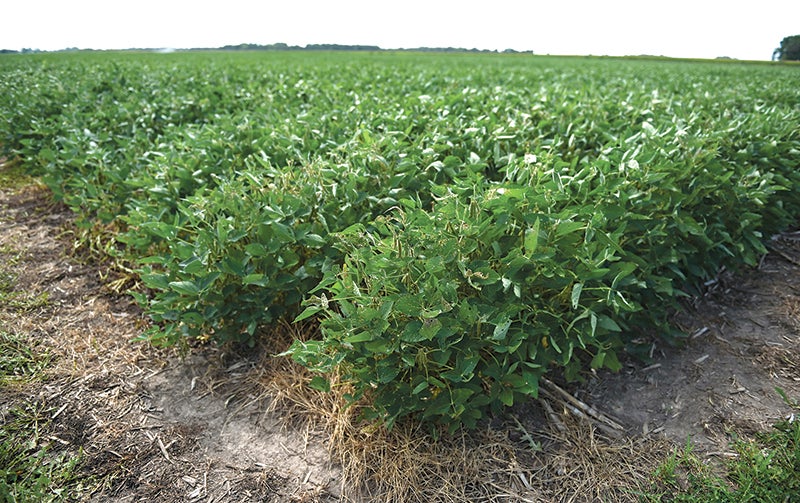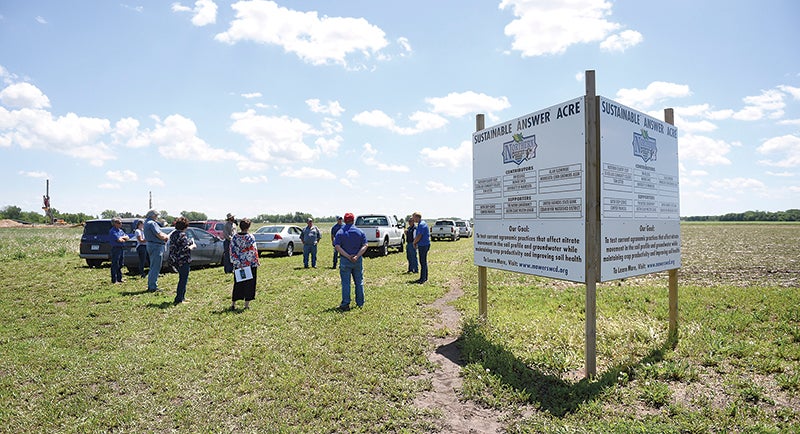Research plot hopes to pave the way for a sustainable future
Published 9:00 am Saturday, August 29, 2020
|
Getting your Trinity Audio player ready...
|
In June of this year, Northern Country Co-op held a ribbon cutting for a new grain bin it was building that would substantially up the Lansing facilities storage capacity.
At the same time, it gave them a chance to talk about an innovative project just on the edge of Lansing that will hopefully pave the way for a cleaner future through a unique research plot.
The Sustainable Answer Acreage is paving the way for sustainable farming practices by bringing together the worlds of farming, conservation, education and science on eight acres of land.
The research plot has 18 different test plots and each plot has three wells to pull water samples.
“What we’re trying to do is use different farming techniques to minimize the nitrate leakage into the groundwater,” said Northern Co-op Regional Manager Jeff Irvin on that sunny June day. “We’re trying to figure out ways to minimize our footprint.”
What makes this research plot particularly special is the educational component. Agriculture students at Riverland Community College, assigned PhD students from the University of Minnesota and undergraduate students from the University of Wisconsin-River Falls all have access to the plot.
But more than that, they have an active role in taking and analyzing the data drawn from the plot. It’s real world experience in a classroom setting.
“Having the Sustainable Answer Acre near Lansing provides ag science majors the opportunity to take what they learn in a classroom and apply it to the real world setting,” said Riverland ag instructor Nick Schiltz. “Having a real life farm to discuss things like soil structure and soil texture allows us to have conversations as students in the industry.”
It is a goal of the SAA to accumulate data from a total of 10 years. In particular, the SAA is attempting to find a middle ground on soil health by monitoring the effects of nitrates being used as fertilizer that eventually seep into the groundwater. To that end, The SAA also involves the Mower County Soil & Water Conservation District. Steve Lawler, a research specialist at the SWCD, has worked with Schiltz and the ag students in this capacity as well as the school’s soil labs. He is a major proponent of what the plot of land not only means to farmers and conservationists, but to the students themselves as a hands-on educational process.
“It provides basic on-farm experience when it comes to agronomy,” Lawler said. “We have the typical rotations and crop methods and even new soil health measures all in one spot.”
By including the SAA directly into the curriculum, students will gain a better understanding of both proper soil health and conservation when they leave school. That further understanding promises to be a lasting one as the opportunities the SAA provide could be a versatile source of education down the line, past the 10-year study. This includes everything from soil health practices all the way through resilient erosion.
“We can share that with students,” Lawler said. “It’s an on-site opportunity to study those opportunities. We don’t have to worry about a research site. The co-op wants us to do that. It’s like having it in the backyard.”
Meanwhile, students will take those application opportunities back to the classroom not only for a grade, but a better understanding.
“Students are beginning to talk about conservation and what it means to them,” Schiltz said. “Before conservation might have been foreign to them. Now they begin to appreciate what conservation really is. We go out and the class learns about different mixes of cover crops and field settings, what that really looks like.”
Along with knowledge, Schiltz hopes the students can come away with a couple different things.
“First, I hope they understand the intricate nuances of soil sciences, working on the front line and helping farmers with data center research,” he said.
The second thing is he hopes they get that they “can be part of this research in Mower County.”


